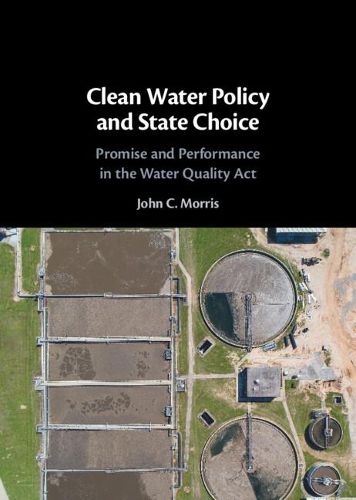Readings Newsletter
Become a Readings Member to make your shopping experience even easier.
Sign in or sign up for free!
You’re not far away from qualifying for FREE standard shipping within Australia
You’ve qualified for FREE standard shipping within Australia
The cart is loading…






The Water Quality Act of 1987 ushered in a new era of clean water policy to the US. The Act stands today as the longest-lived example of national water quality policy. It included a then-revolutionary funding model for wastewater infrastructure - the Clean Water State Revolving Fund - which gave states much greater authority to allocate clean water infrastructure resources. Significant differences between states exist in terms of their ability to provide adequate resources for the program, as well as their ability (or willingness) to meet the wishes of Congress to serve environmental needs and communities. This book examines the patterns of state program resource distribution using case studies and analysis of state and national program data. This book is important for researchers from a range of disciplines, including water, environmental and infrastructure policy, federalism/intergovernmental relations, intergovernmental administration, and natural resource management, as well as policy makers and policy advocates.
$9.00 standard shipping within Australia
FREE standard shipping within Australia for orders over $100.00
Express & International shipping calculated at checkout
The Water Quality Act of 1987 ushered in a new era of clean water policy to the US. The Act stands today as the longest-lived example of national water quality policy. It included a then-revolutionary funding model for wastewater infrastructure - the Clean Water State Revolving Fund - which gave states much greater authority to allocate clean water infrastructure resources. Significant differences between states exist in terms of their ability to provide adequate resources for the program, as well as their ability (or willingness) to meet the wishes of Congress to serve environmental needs and communities. This book examines the patterns of state program resource distribution using case studies and analysis of state and national program data. This book is important for researchers from a range of disciplines, including water, environmental and infrastructure policy, federalism/intergovernmental relations, intergovernmental administration, and natural resource management, as well as policy makers and policy advocates.